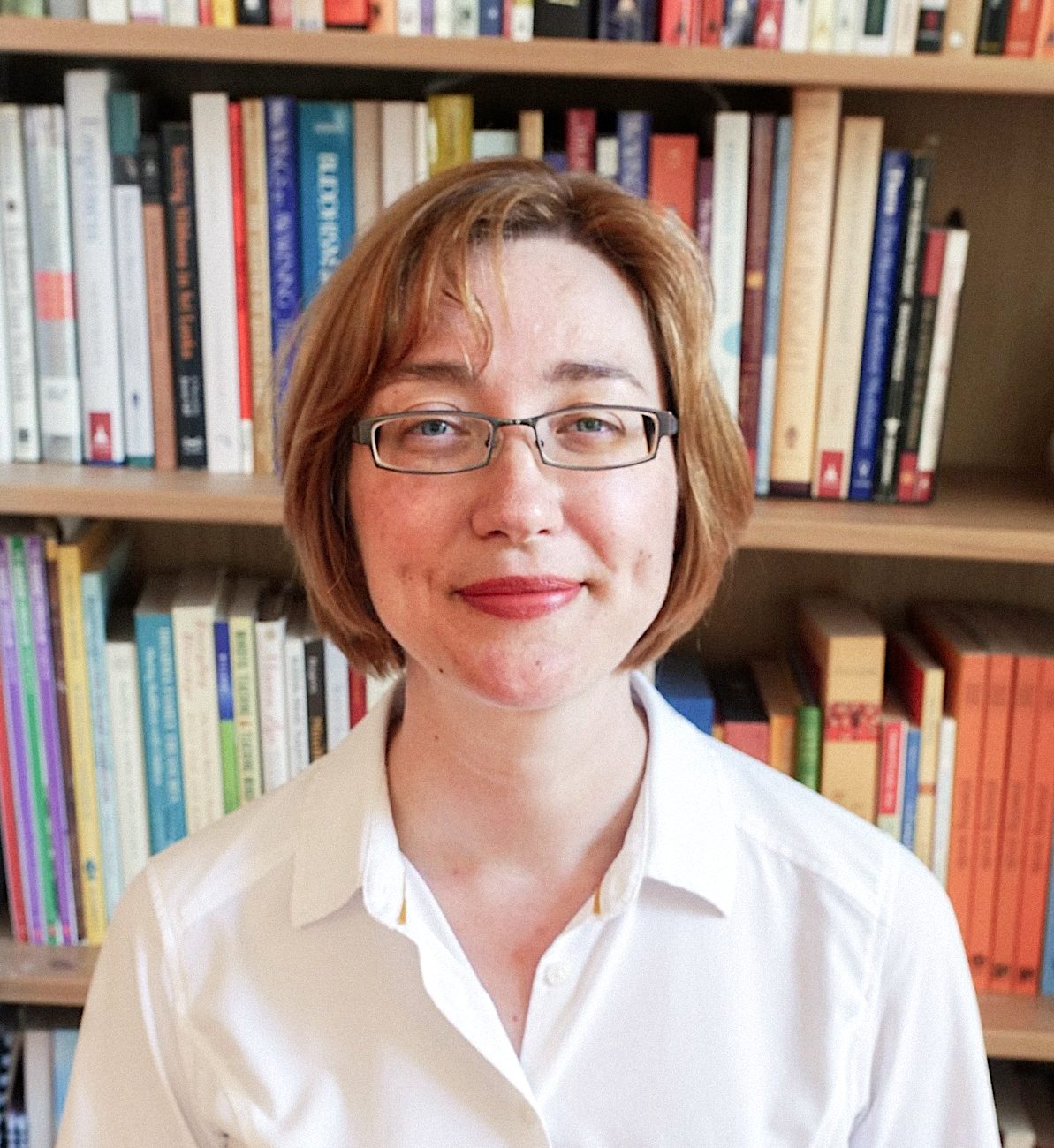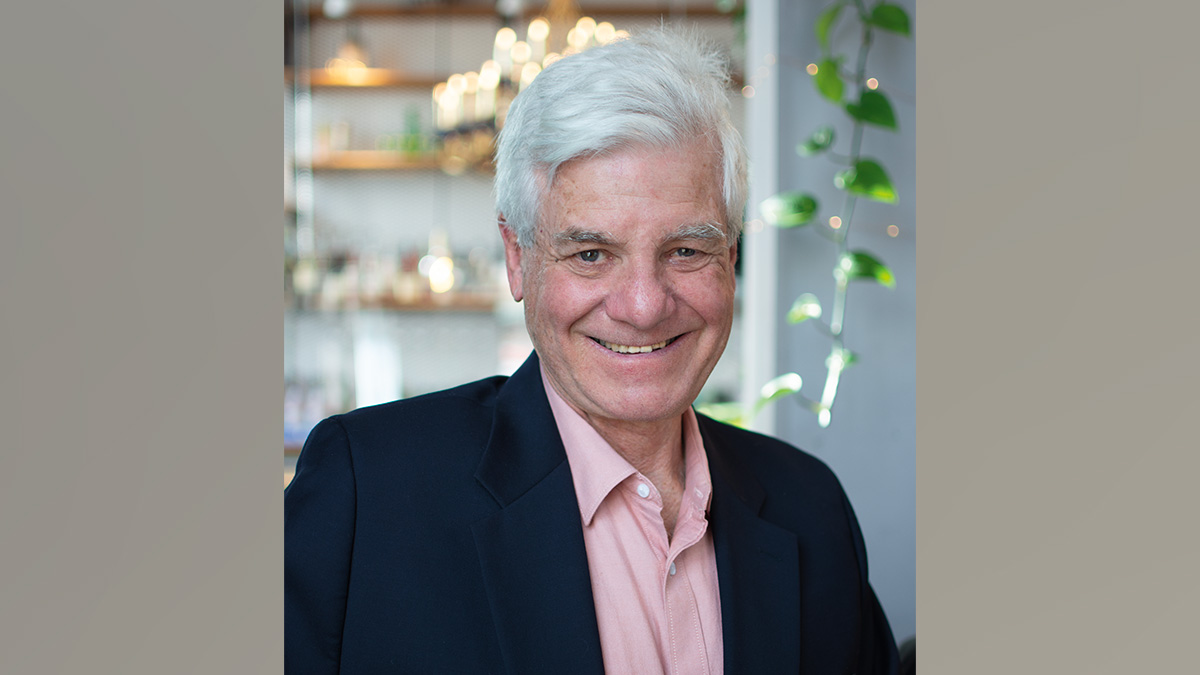Re-Envisioning Buddhist Community
Sumi Loundon Kim, the Coordinator of Buddhist Life at Yale University, reflects on her experiments in building more robust, interactive Buddhist communities. The post Re-Envisioning Buddhist Community appeared first on Tricycle: The Buddhist Review.

 Sumi Loundon Kim
Sumi Loundon KimFor chaplain Sumi Loundon Kim, sangha, or community, is the foundation of Buddhist practice. As a child, Kim grew up in a Soto Zen community in rural New Hampshire, where she learned about Buddhist practice through cleaning, gardening, and meditating with other families. Her immersive experience of Buddhism has informed her understanding of how we engage with the dharma, and she has worked to center this sense of community in her personal life and her professional career.
Kim currently serves as the Coordinator of Buddhist Life at Yale University, where she supports the Buddhist community on campus through meditation events and gatherings. Drawing from recent research in polyvagal theory and early education, she has been experimenting with alternative ways of structuring community in order to tap into the wisdom of the whole sangha.
In a recent episode of Life As It Is, Tricycle editor-in-chief James Shaheen and co-host Sharon Salzberg sat down with Kim to discuss the power of storytelling, the future of Buddhist communities, and how spiritual friendship can support us in facing the crises of our world today. Read excerpts from their conversation below, and listen to the whole conversation here.
Sumi Loundon Kim on growing up in a Zen community
In the early 1970s, both my parents were involved in a Soto Zen community in rural New Hampshire. I was born into that community, and I lived there until I was about nine years old. My first experiences with Buddhism were very immersive. In retrospect, I think that practicing together made what we were doing normative, even though it was well outside the mainstream of American culture at that time. I learned: This is how we conduct ourselves. We pay attention. We think of others. We perform acts of service. It was through shared space, shared time, and a shared schedule that I absorbed the early lessons of the dharma. I later realized that that was somewhat unusual. A lot of people come to the dharma through reading, practicing meditation, or studying the philosophies of Buddhism. But I came to it through community.
In general, there are two ways that people learn things: implicit learning and explicit learning. When I was raising my children, I began to notice that they would phrase things certain ways or their body posture and mannerisms would be certain ways. I came to see, “Oh, that’s exactly the way I do that, or exactly the way my husband does that.” We never directly taught them that this was how they should walk or these are the types of things they should say, but somehow, they were living those out. They were learning our culture and values implicitly through nonverbal absorption.
While we have plenty of explicit learning in our dharma centers, we could benefit from more implicit learning, where people can spend time together and begin to absorb the ways we are in the dharma with each other. When I look back on the time I spent at retreat centers like the Barre Center for Buddhist Studies and Insight Meditation Society, I can see that I was watching how the teachers interacted with the staff, how the staff interacted with each other, and how yogis comported themselves. I was looking for how people embodied what they were practicing. That was how I learned to comport myself.
On creating community spaces for college students
I work as the Coordinator of Buddhist Life at Yale University, and we hold weekly meditation gatherings. During the first year of the pandemic, we were only meeting virtually, and when in-person programming started up again in the fall of 2021, I wasn’t sure anybody would come back to the meditation room for events. But the room filled to capacity, cheek to cheek. I think there were two main reasons that students came. First, they had been isolated for many, many months, and as a result of that isolation, they had a lot of time for introspection. Some of the students later shared that they had previously oriented their life around materialism and professional success, and then after an extended period of internal reflection, they had come to see the vacuity of some of those pursuits and now wanted to pursue something more meaningful. After the isolation, many students were also desperate for the company of others. What space offers that very unusual combination of being with others and structured self-reflection but a Buddhist meditation space? The room filled up, and the students were very excited to see each other.
During the pandemic, I started learning about polyvagal theory, which is a revised understanding of how our nervous system might be structured. According to the theory, we have a set of nerves in the front of our body called the ventral vagal nerves. These nerves are our prosocial nervous system. They ask the question, “Am I safe?,” scan the environment to look for safety, and get the answer through the social cues of others: a friendly wave, a smile, a tilt of the head, eye contact. When our nervous system receives those signals, then the ventral vagal nerve is soothed and reassured.
As the students came back to the meditation space after the lockdown, I wanted to draw on this idea and give people even more permission to introduce themselves to each other. Typically, when people arrive in a meditation space, they beeline for the cushion, face forward toward the teacher or the altar, listen, meditate, and then beeline back out without much contact with the people around them. Some of the students would enter the meditation space in exactly that way, and I could see that they were a little uncertain, wondering, “Am I welcome here? Are other people like me?” This year, unlike previous years, I built in a meet-and-greet period right at the beginning of each gathering. I said, “Please turn to your neighbor, say hello, and share your name and major.” As soon as I gave people permission to do that, I could feel the energy of the room go way up. People were so happy to find that they were welcome here. After a few minutes, we would come back together and start to meditate. I suspect that those few minutes of social time are actually conducive to better meditation practice because each person isn’t wondering, “Is the person behind me safe? Is the person to my right safe, to my left, in front of me?” They already got that smile of reassurance, that eye contact, that tilt of the head to help them feel safe. And when we feel safe, I suspect we relax more. When we relax more, it’s easier to meditate.
On why religious people are happier
I was recently reading an interview with cognitive scientist Laurie Santos in the New York Times. She shares that there’s lots of evidence that religious people are happier overall, and she asks: Are they happier because of their beliefs and theological principles? Or is it the spaghetti suppers, donating to charity, and volunteering together? According to Santos, in as much as those two things can be divided out, the research shows that it’s probably doing things together that generates feelings of happiness. When I read that article, I thought, “How could we implement this on the ground?” For the rest of the spring semester, I deliberately created tasks for people to do. For example, we needed to build a shoe rack. And even though it would have been more efficient to just do it myself, I experimented with asking people to get involved. The students were very happy to help, so I just stepped back and supported them as they did it, usually imperfectly. But the end result was that when they walk into the entryway, they get to see the shoe rack that they built and that other people benefit from using. And so they feel like the community is theirs. I think that doing things together in Buddhist community could be a powerful way of increasing participation and involvement.
♦
Listen to the full podcast with Sumi Loundon Kim here:

Get Daily Dharma in your email
Start your day with a fresh perspective

Explore timeless teachings through modern methods.
With Stephen Batchelor, Sharon Salzberg, Andrew Olendzki, and more
![]()
Thank you for subscribing to Tricycle! As a nonprofit, we depend on readers like you to keep Buddhist teachings and practices widely available.
This article is only for Subscribers!
Subscribe now to read this article and get immediate access to everything else.
Already a subscriber? Log in.

 Kass
Kass 
































